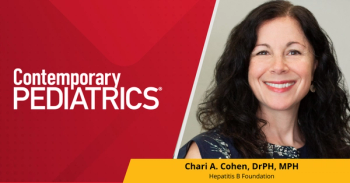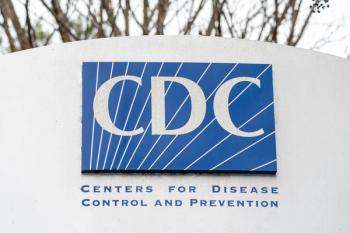
Parent text reminders improve child oral health behaviors
Among a low-income and racially/ethnically diverse sample of caregiver child dyads, text intervention was effective for toothbrushing, preventive dentist visits, and more.
In a recent study that aimed to reduce caries increment among children via a bilingual, parent-targeted text messaging program, several secondary positive health behaviors among the child-parent dyads were observed.
According to authors of the study published in JAMA Network Open, caries is the most common chronic childhood disease with documented health disparities. The investigative team wanted to test if parent-targeted oral health text (OHT) messages outperform child wellness text (CWT) messages on pediatric caries increment, as well as oral health behaviors. This study was performed among underserved children attending pediatric well-child visits.
The investigators noted that over 90% of US children attend well-child visits, an important aspect from the American Academy of Pediatrics in an effort to reach children at higher risk for caries, though time constraints typically prevent pediatricians from counseling parents on their child's oral health.
Since text messaging is used by over 95% of adults in the US, they can reach populations at highest risk for caries with ongoing and tailored behavioral change messages.
The parallel, randomized study—officially titled "Interactive Parent-Targeted Text Messaging in Pediatric Clinics to Reduce Caries Among Urban Children (iSmile)—included participants who were recruited during pediatric medical clinic visits at 4 sites in Boston, Massachusetts, that serve low-income and racially and ethnically diverse (herein, underserved) populations, stated the study authors.
English- or Spanish-speaking caregivers of children aged younger than 7 years with at least 1 tooth were eligible to participate in the study. In a dose-matched design, the study was conducted from March 9, 2018, to February 28, 2022, with a 24-month follow-up. Messages were sent for 4 months, with a 1-month booster at 12 months also included.
Messages were automated, interactive, bilingual, customized, and gamified. OHT messages focused on toothbrushing and preventive dental visits, while CWT messages focused on reading and child safety. Each type of message included a choice of other content topics pertinent to their randomized arm.
The primary outcome was 24-month caries increment assed by calibrated examiners, with secondary outcomes including oral health behaviors that are known to predict pediatric caries such as toothbrushing, sugar-sweetened beverages, fluoride toothpaste use, diet, and preventive dental visits.
Caries examinations took place at baseline, at 12 months, and at 24 months, as did self-report surveys with the addition of the 4-month time point to signify the end of the text message program.
In all, 754 caregivers with a mean age of 32.9 years (94.6% female) and 754 children with a mean age of 2.9 years (50% female) were randomized. Of these, 68.3% were below the poverty line.
Responses to text messages were high across both groups (OHT group: 67.9%; CWT group: 69.6%), and there were no significant group differences in caries increment ((OHT group: 43.0% vs CWT group: 42.7%; adjusted odds ratio, 0.99 [95% CI, 0.63-1.56]) according to results.
However, children in the OHT group were "significantly more likely" to:
- Meet toothbrushing guidelines (OR, 1.77 [95% CI, 1.13-2.78]) compared to individuals in the CWT group over 24 months.
- Have preventive dental visits (pooled OR, 1.51 [95% CI, 1.18-1.94]) compared to individuals in the CWT group over 24 months.
- Use fluoride toothpaste pooled OR, 1.46 [95% CI, 1.06-2.01]) compared to individuals in the CWT group over 24 months.
In addition, OHT messages had an impact on the caregivers' toothbrushing, with a pooled mean difference of 0.48 (95% CI, 0.03-0.92).
Overall, the primary endpoint of the study was not met, as text messaging reminders had no effect on caries increment in children. However, "highly appealing and low-burden text messages coupled with evidence of change in oral health behaviors may be important in reducing oral health disparities," concluded the study authors.
Reference:
Borrelli B, Endrighi R, Heeren T, et al. Parent-Targeted Oral Health Text Messaging for Underserved Children Attending Pediatric Clinics: A Randomized Clinical Trial. JAMA Netw Open. 2025;8(1):e2452780. doi:10.1001/jamanetworkopen.2024.52780
Newsletter
Access practical, evidence-based guidance to support better care for our youngest patients. Join our email list for the latest clinical updates.









